Big cats, belonging to the Panthera genus, encompass species such as lions, tigers, leopards, and jaguars. These magnificent animals inhabit diverse ecosystems ranging from the savannahs of Africa to the dense forests of Asia. Understanding how they adapt to seasonal changes in their environment provides insight into their survival strategies and ecological roles.
Seasonal Changes Impacting Big Cats
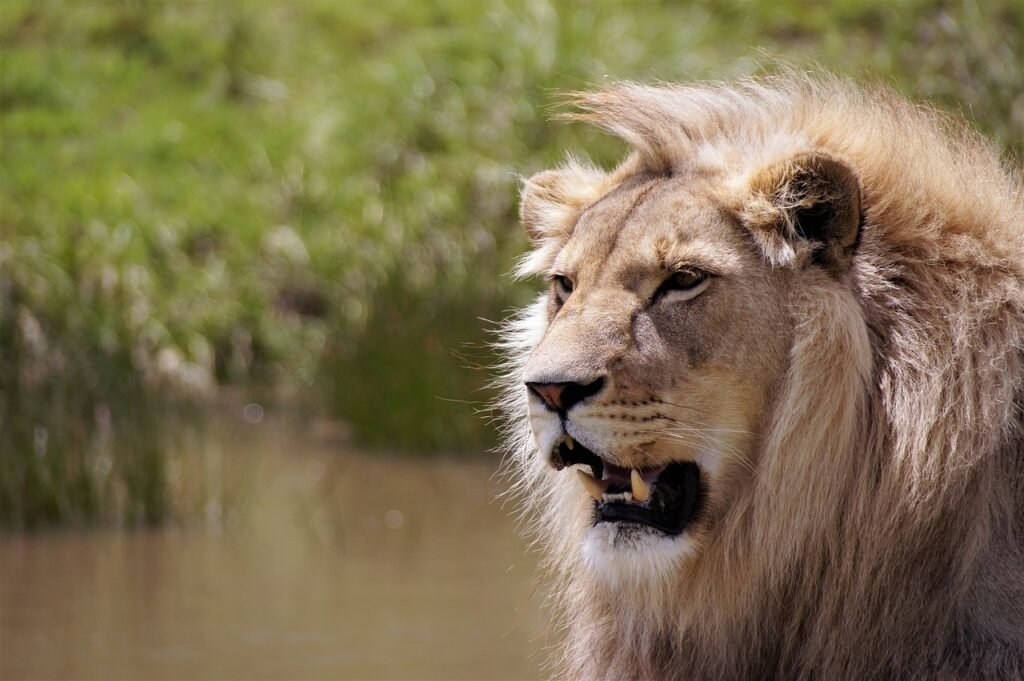
The environments inhabited by big cats are subject to seasonal changes that affect temperatures, vegetation, prey availability, and water sources. These fluctuations necessitate varying adaptations to ensure survival and reproductive success.
Physical Adaptations to Temperature Variations
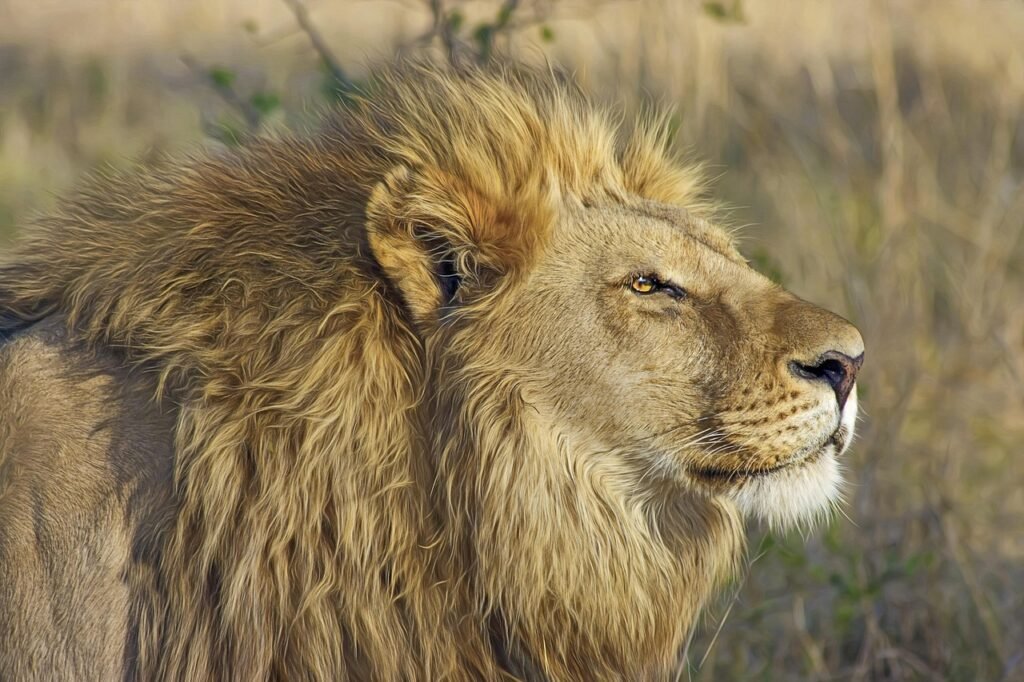
Big cats have evolved physical adaptations to cope with changing temperatures. For instance, the thick fur of the Amur tiger helps conserve heat during the harsh Russian winters, while lions possess short, coarse coats suitable for the African heat.
Behavioral Adaptations to Resource Availability
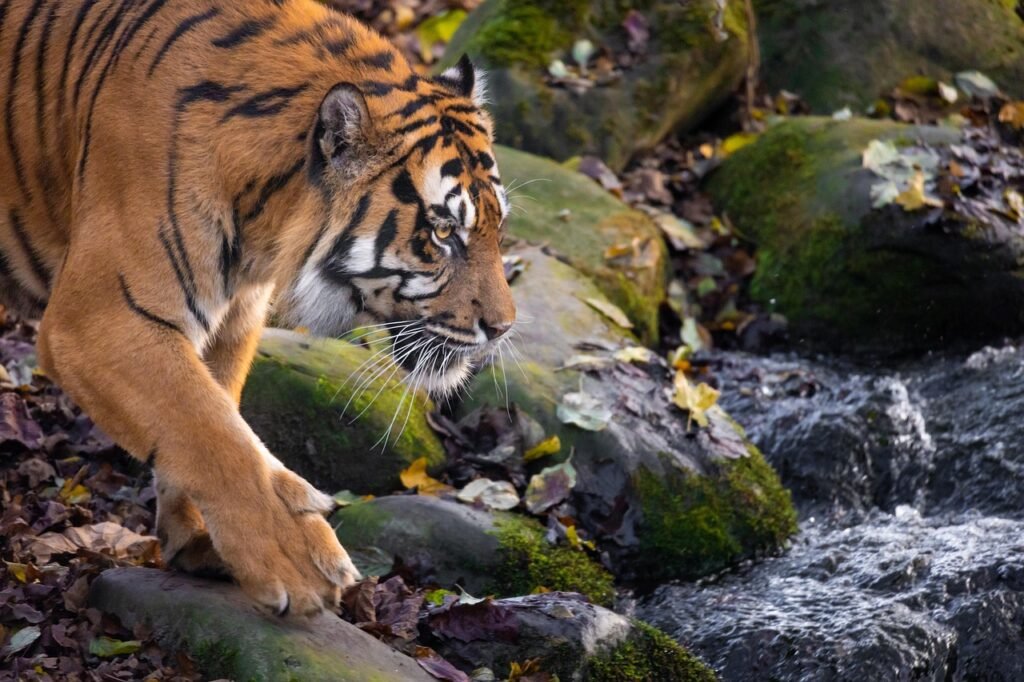
Seasonal changes often lead to variations in food and water supplies. Big cats adjust their hunting strategies and territories based on the availability of prey. Some may travel long distances in search of food, while others rely on stored body fat during lean periods.
Adaptive Hunting Strategies
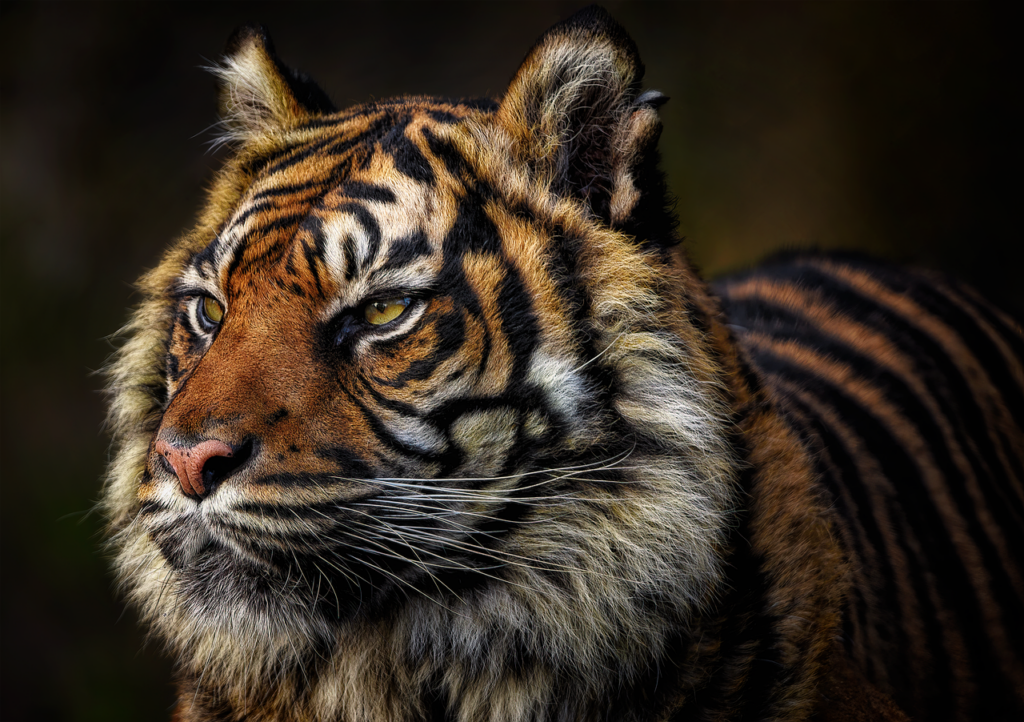
To cope with scarce prey during certain seasons, big cats alter their hunting tactics. This may involve hunting smaller animals or shifting to nocturnal hunting to avoid the heat and exploit the activity patterns of prey.
Adaptations in Reproductive Timing
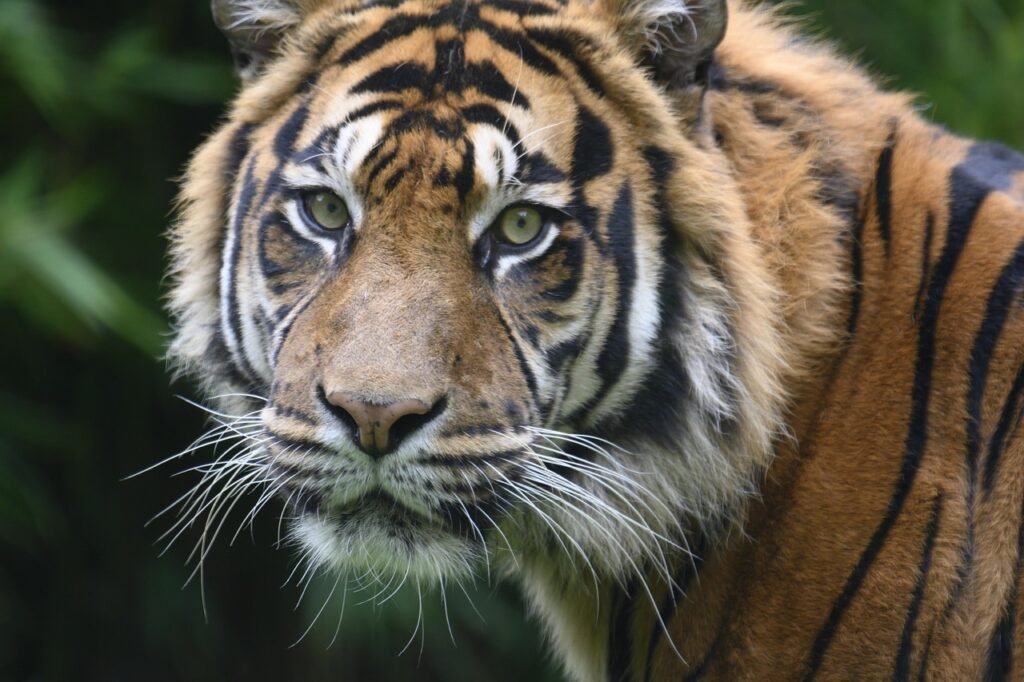
Many big cats time their reproductive cycles to coincide with periods when prey is more abundant, ensuring ample food supply for the mother and offspring. This strategic timing enhances their chances of offspring survival.
Migratory Behavior in Search of Resources
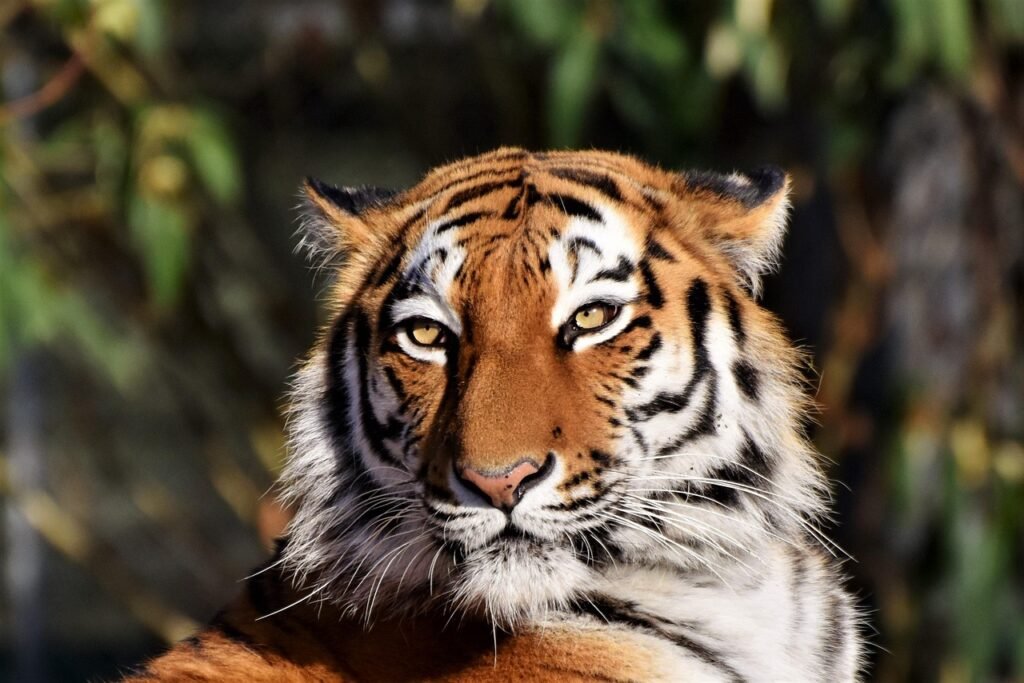
Some big cat populations, such as the snow leopards of Central Asia, exhibit partial migratory behavior, moving to lower altitudes during harsh winters in search of food and milder conditions.
Sociability and Group Dynamics
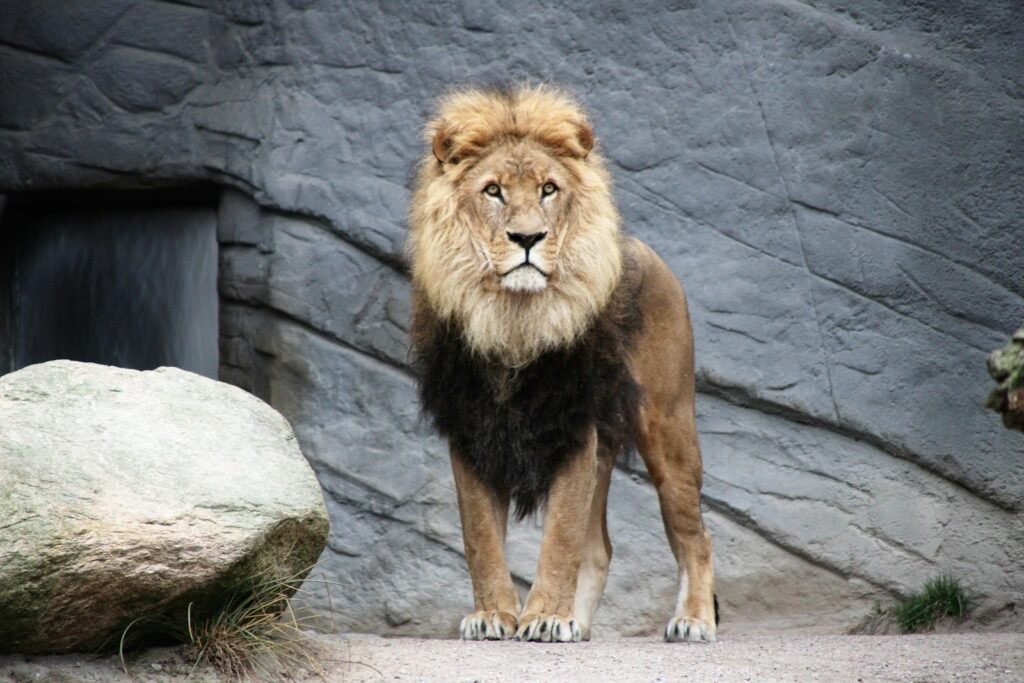
Social structures and group dynamics can also shift with the seasons. For example, prides of lions may split into smaller groups during times of resource scarcity to reduce competition for food.
Hydration and Water Conservation Techniques
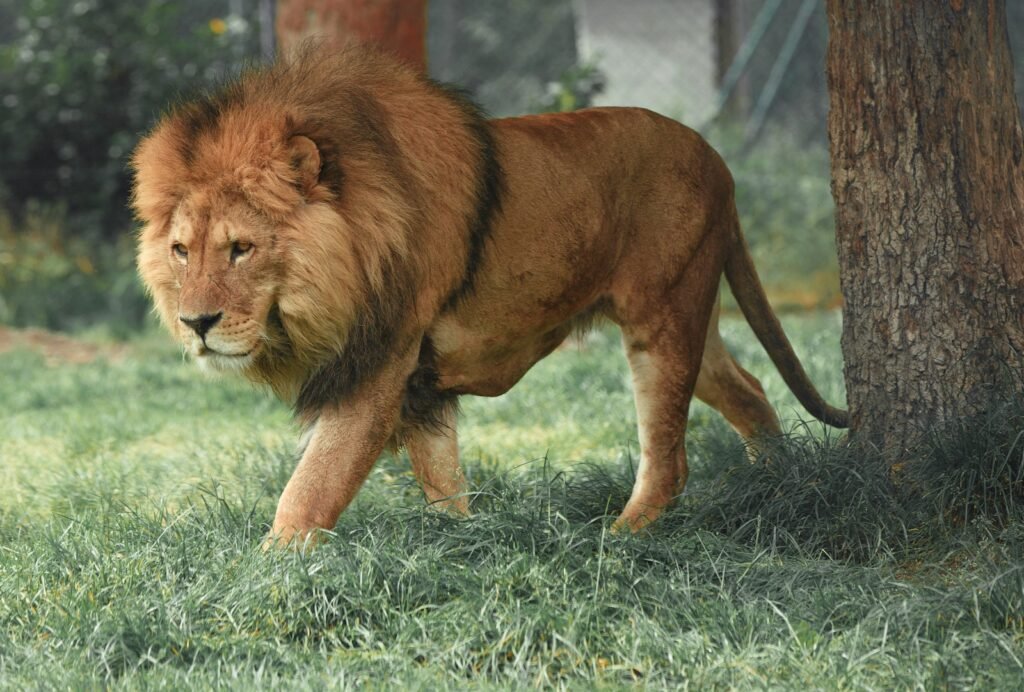
Big cats have developed water-saving adaptations to deal with dry seasons, such as obtaining moisture from prey and limiting water loss through behavior and physiological adjustments.
Challenges of Climate Change
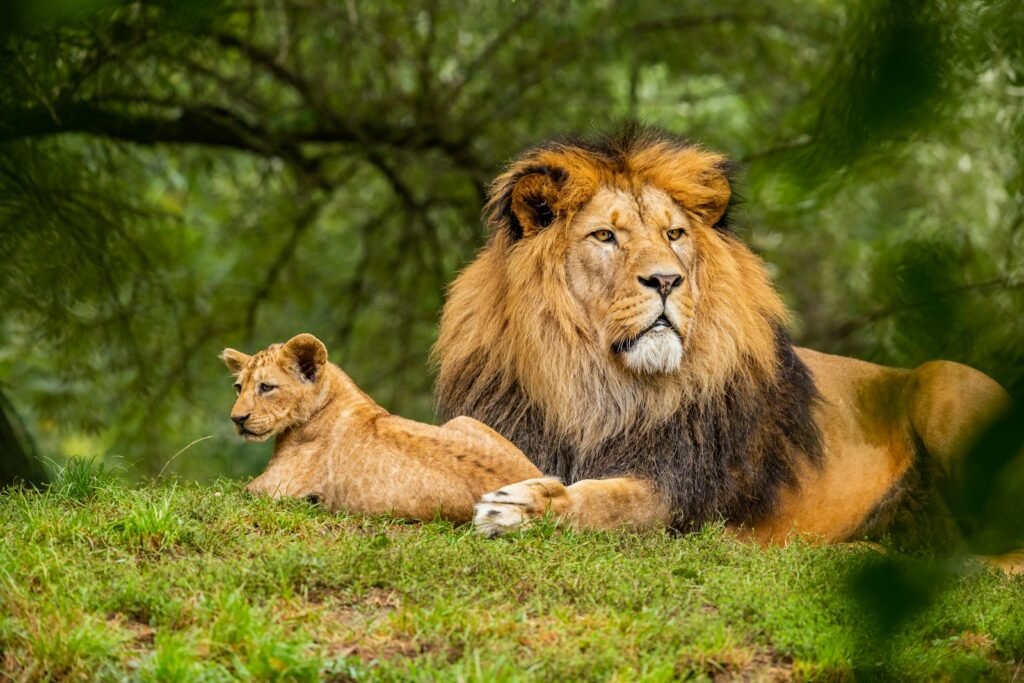
As global climate change alters traditional seasonal patterns, big cats face new challenges. Changes in prey availability and habitat conditions can impact their survival, necessitating continued adaptation and conservation efforts.
Conservation Efforts and Human Impact
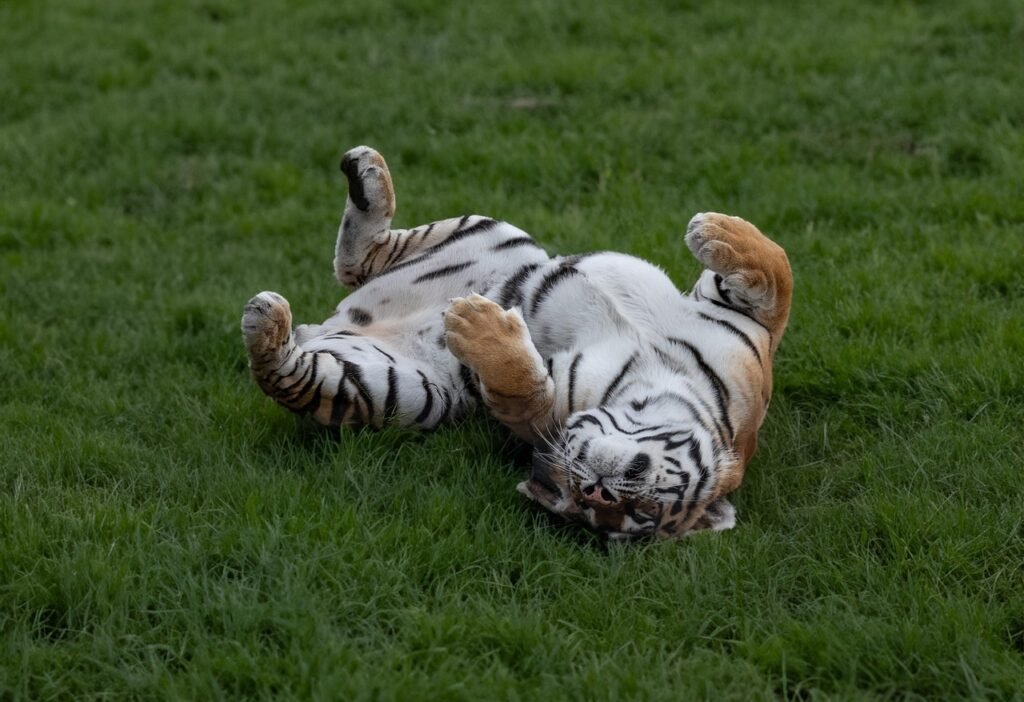
Human activities, such as deforestation and urban expansion, exacerbate the challenges faced by big cats adjusting to seasonal changes. Conservation efforts are crucial to mitigate these impacts and ensure their survival for future generations.
Conclusion: The Resilience of Big Cats
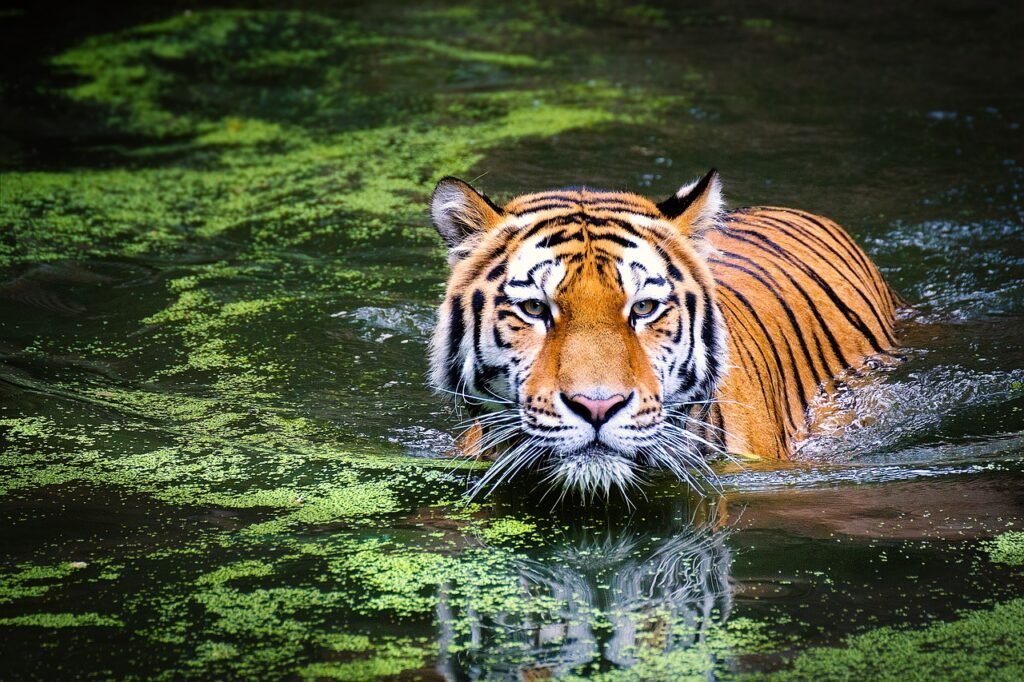
Big cats are remarkable examples of evolutionary resilience. Their ability to adapt to a variety of environmental challenges highlights the intricate balance of ecosystems. Protecting these apex predators is essential for maintaining biodiversity and ecological health.
Hi, I’m Bola, a passionate writer and creative strategist with a knack for crafting compelling content that educates, inspires, and connects. Over the years, I’ve honed my skills across various writing fields, including content creation, copywriting, online course development, and video scriptwriting.
When I’m not at my desk, you’ll find me exploring new ideas, reading books, or brainstorming creative ways to solve challenges. I believe that words have the power to transform, and I’m here to help you leverage that power for success.
Thanks for stopping by, Keep coming to this website to checkout new articles form me. You’d always love it!






